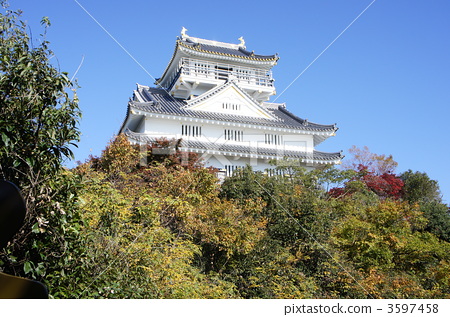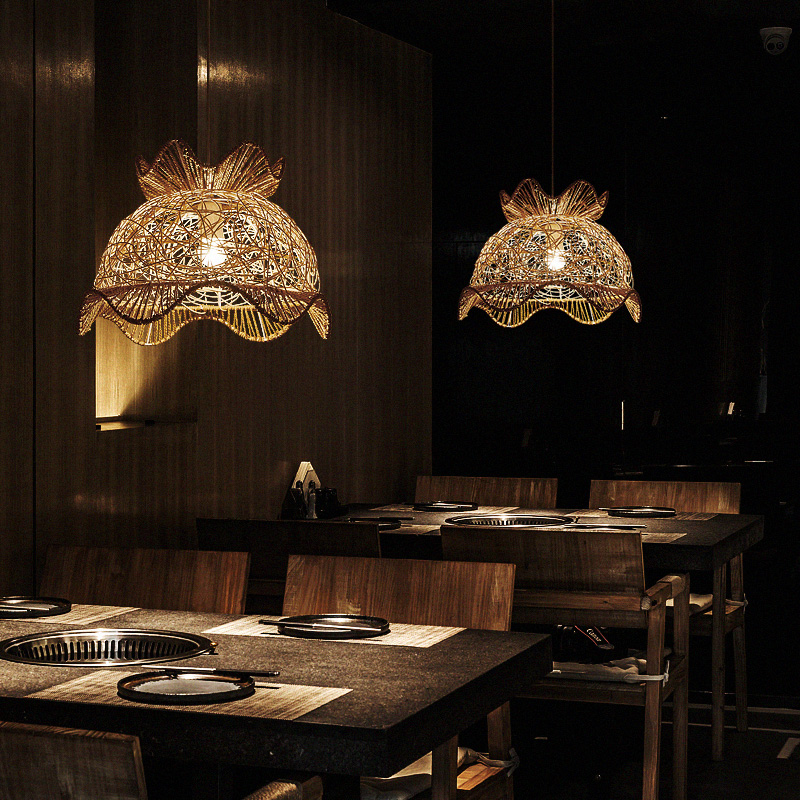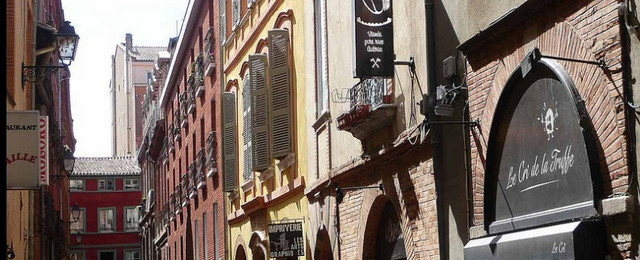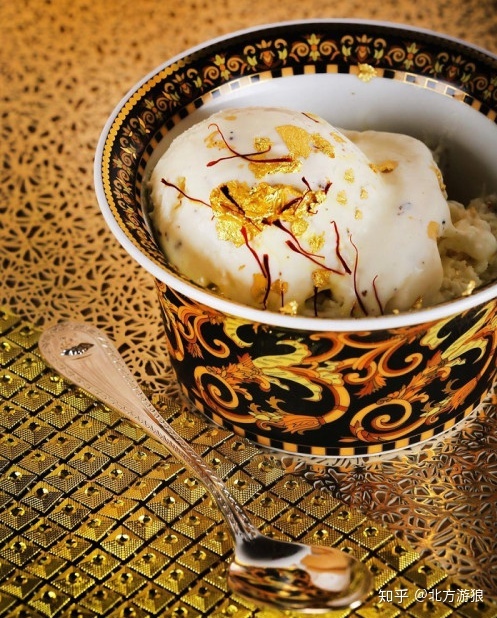一、伦敦塔英语简介
伦敦塔,是英国伦敦一座标志性的宫殿、要塞,选址在泰晤士河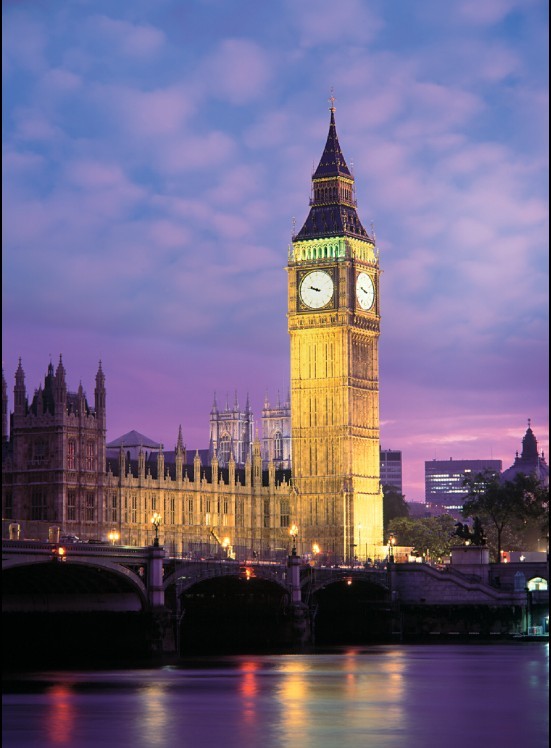
Tower of London, a landmark palace and fortress in London, is located on the Thames River.
詹姆士一世(1566-1625)是将其作为宫殿居住的最后一位统治者。
James I (1566-1625) was the last ruler to live in the palace.
伦敦塔曾作为堡垒、军械库、国库、铸币厂、宫殿、天文台、避难所和监狱,特别关押上层阶级的囚犯,最后一次作为监狱使用是在第二次世界大战期间。
The tower of London was once used as a fortress, armory, treasury, mint, palace, observatory, refuge and prison, especially for upper class prisoners.
The last time it was used as a prison was during the Second World War.
1988年被列为世界文化遗产。
It was listed as world cultural heritage in 1988.
扩展资料:
伦敦塔本来是为控制整个伦敦城而建,占地18英亩,因为经过两代君主的扩建和整修所以它也反映着英国不同时代的不同风格,可以讲,这座伦敦塔是英国各个时代智慧的结晶,这里作过堡垒,王宫,监狱,皇家铸币厂和伦敦档案馆。
似乎它已经完成了他的历史使命,而作为一个王冠、王袍、兵器和盔甲的陈列馆。最有名的是塔内的皇家珍宝馆主要展出17世纪以来君主的镶满宝石的皇冠,王权球,权杖等国宝,兵器馆展出了历代皇族所使用的各种武器,盔甲和战袍等。
伦敦塔的历史已近千年,它的作用却不断地在变化:城堡、王宫、宝库、火药库、铸币厂、监狱、动物园直到现在伦敦观光区。
参考资料来源:百度百科——伦敦塔
二、关于英国著名建筑的介绍(英语)
圣保罗大教堂 Sallo Paulo cathedral
1666年一场大火将原有的一座哥特式大教堂毁于一旦。现存建筑是英国著名设计大师和建筑家克托弗.雷恩爵士营建的。工程从1675年开始,直到1710年才告完工,共花费了75万英镑。为了这一伟大的建筑艺术杰作,雷恩整整花了45年的心血。
大英博物馆 British Museum
大英博物馆又称不列颠博物馆,位于伦敦牛津大街北面的大罗素广场,是世界上历史最悠久、规模最宏伟的博物馆之一。这座庞大的古罗马式建筑里珍藏的文物和图书资料是世界上任何一个博物馆所不能比拟的。大英博物馆初创于1753年,1759年对外开放。现有房屋为19世纪中叶所建,共有100多个陈列室,面积6,7万平方米。原来主要藏书,其后兼收历史文物和各国古代艺术品,迄今共藏有展品400万件。 大英博物馆整日免费开放。
白金汉宫 Buckingham Palace
白金汉宫是英国的王宫,位于伦敦最高权利的所在地----威斯敏特区。东接圣·詹姆斯公园,西临海德公园,是英国王室生活和工作的地方。王宫初建于1703年,白金汉公爵、若曼底公爵和约翰.谢菲尔德在这里建造了一座公馆,并以白金汉公爵的名字命名。白金汉宫经过多次修建和扩展,现已成为一座规模雄伟的三层长方形建筑。外国的国家元首和政界首脑访问英国时,女王就在宫院中陪同贵宾检阅仪仗队。
白金汉宫前的广场中央屹立着有伊丽莎白二世的高祖母维多利亚女王镀金雕像的纪念碑。
国会大厦及大本钟 Capitol and Big Ben
国会大厦是白厅大道上最醒目的建筑也是英国君主政体的象征,哥德式的建筑群,壮丽中带有古典风韵,气势磅礴。
现在所看到的国会大厦其实是伦敦最新建的宫殿。1834年,一把大火烧掉了整座原来的西敏宫,仅留下一座只剩屋瓦的西敏厅,之后花了12年的时间才建成现在的规模。改名国会大厦之后便成为伦敦的政治中心,国会议员的开会场所。
伦敦塔桥 Tower of London bridge
这是泰晤士河上诸多桥梁中,位于最下游的一座。塔桥以两座塔做为基底,采用哥特式厚重风格设计。当大型船只要通过时,全长270公尺、重约1000吨的桥身会慢慢打开成“八”字状。以前塔桥利用水压以蒸汽做为开关的动力,1976年起改用电动控制。
西敏寺 Agile temple of west
双塔耸立的西敏寺,正面看起来非常壮观。“西敏寺”一名源自西元970年,一群圣本笃教会的修士在当时伦敦市,、修建修道院教堂,从此留名至今。历代国王的加冕仪式、婚丧喜宴及国家大典等活动都是在这里举行,甚至连王室的坟墓也几乎都设在这里,此外,去多历史上著名人物的墓碑或纪念碑也设在教堂内。
三、用英语来介绍伦敦的四大建筑物并翻译
英国
1. 圣保罗大教堂 Sallo Paulo cathedral
A Cathedral dedicated to St Paul has overlooked the City of London since 604AD, a constant reminder to this great commercial centre of the importance of the spiritual side of life.
The current Cathedral – the fourth to occupy this site – was designed by the court architect Sir Christopher Wren and built between 1675 and 1710 after its predecessor was destroyed in the Great Fire of London. Its architectural and artistic importance reflect the determination of the five monarchs who oversaw its building that London’s leading church should be as beautiful and imposing as their private palaces.
Since the first service took place here in 1697. Wren's masterpiece has been where people and events of overwhelming importance to the country have been celebrated, mourned and commemorated.
Important services have included the funerals of Lord Nelson, the Duke of Wellington and Sir Winston Churchill; Jubilee celebrations for Queen Victoria; peace services marking the end of the First and Second World Wars; the launch of the Festival of Britain; the Service of Remembrance and Commemoration for the 11th September 2001: the 80th and 100th birthdays of Queen Elizabeth, the Queen Mother; the wedding of Charles, Prince of Wales, to Lady Diana Spencer and, most recently, the thanksgiving services for both the Golden Jubilee and 80th Birthday of Her Majesty the Queen.
Over the centuries, St Paul’s has changed to reflect shifting tastes and attitudes. Decoration has been added and removed, services have been updated, different areas have been put to new uses. Today, the history of the nation is written in the carved stone of its pillars and arches and is celebrated in its works of art and monuments.
2.London Eye 伦敦巨眼摩天轮
The London Eye (Millenium Wheel) at a height of 135 metres (443 ft), is the biggest Ferris wheel in Europe, and has become the most popular paid tourist attraction in the United Kingdom, visited by over 3 million people a year.
At the time it was erected it was the tallest Ferris wheel in the world, until it was surpassed by the Star of Nanchang (160m) in May 2006, and then the Singapore Flyer (165m) on February 11, 2008. However, it is still described by its operators as "the world's tallest cantilevered observation wheel" (because the entire structure is supported by an A-frame on one side only).]
The London Eye is located at the western end of Jubilee Gardens, on the South Bank of the River Thames in London, United Kingdom, between Westminster Bridge and Hungerford Bridge. The site is adjacent to that of the former Dome of Discovery, which was built for the Festival of Britain in 1951.
3.伦敦大桥 London Bridge
London Bridge is a bridge between the City of London and Southwark in London, England, over the River Thames. Situated between Cannon Street Railway Bridge and Tower Bridge, it forms the western end of the Pool of London. On the south side of the bridge are Southwark Cathedral and London Bridge station; on the north side are the Monument to the Great Fire of London and Monument tube station.
It was the only bridge over the Thames downstream from Kingston until Westminster Bridge opened in 1750.
The bridge carries part of the A3 road, which is maintained by the Greater London Authority; the bridge itself is owned and maintained by the Bridge House Estates ( see City Bridge Trust), an independent charity overseen by the City of London Corporation.
4.大英博物馆 the British Museum
The British Museum is a museum of human history and culture in London. Its collections, which number more than 7 million objects, are amongst the largest and most comprehensive in the world and originate from all continents, illustrating and documenting the story of human culture from its beginning to the present. The museum is a Non-Departmental Public Body sponsored by the Department for Culture, Media and Sport.
“ The wonders of the museum brought here to Bloomsbury from all around the world's imagined corners are numberless. How can they be named? As well tally each leaf of a tree. They come here out of the living minds of generations of men and women now dead – Greek and Assyrian, Aztec and Inuit, Chinese and Indian – who have conceived and carved and hammered and tempered and cast these objects to represent the worlds around them, visible and invisible. ”
The British Museum was established in 1753, largely based on the collections of the physician and scientist Sir Hans Sloane. The museum first opened to the public on 15 January 1759 in Montagu House in Bloomsbury, on the site of the current museum building. Its expansion over the following two and a half centuries has resulted in the creation of several branch institutions, the first being the British Museum of Natural History in South Kensington in 1887. Until 1997, when the current British Library building opened to the public, the British Museum was unique in that it housed both a national museum of antiquities and a national library in the same building. Since 2001 the director of the Museum has been Neil MacGregor.
As with all other national museums and art galleries in Britain, the Museum charges no admission fee, although charges are levied for some temporary special exhibitions
四、伦敦塔的介绍英语作文70字左右伦敦塔的景点介绍英语作文
伦敦塔(Tower of London)是伦敦的地标性建筑之一,她的官方名称是“女王陛下的宫殿与城堡,伦敦塔(Her Majesty's Palace and Fortress,The Tower of London)”。坐落在泰晤士河北岸,看上去是一座非常坚固的堡垒。伦敦塔从过去到现在可以算是一座“多功能”建筑,它几个世纪以来,既是王室的行宫、兵器库、战略要塞、也是监狱和藏宝楼。
The Tower of London has played a prominent role in English history. It was besieged several times and controlling it has been important to controlling the country. The Tower has served variously as an armoury, a treasury, a menagerie, the home of the Royal Mint, a public records office, and the home of the Crown Jewels of the United Kingdom.
In the late 15th century the castle was the prison of the Princes in the Tower. Under the Tudors, the Tower became used less as a royal residence, and despite attempts to refortify and repair the castle its defences lagged behind developments to deal with artillery.
The peak period of the castle's use as a prison was the 16th and 17th centuries, when many figures who had fallen into disgrace, such as Elizabeth I before she became queen, were held within its walls. This use has led to the phrase "sent to the Tower". Despite its enduring reputation as a place of torture and death, popularised by 16th-century religious






